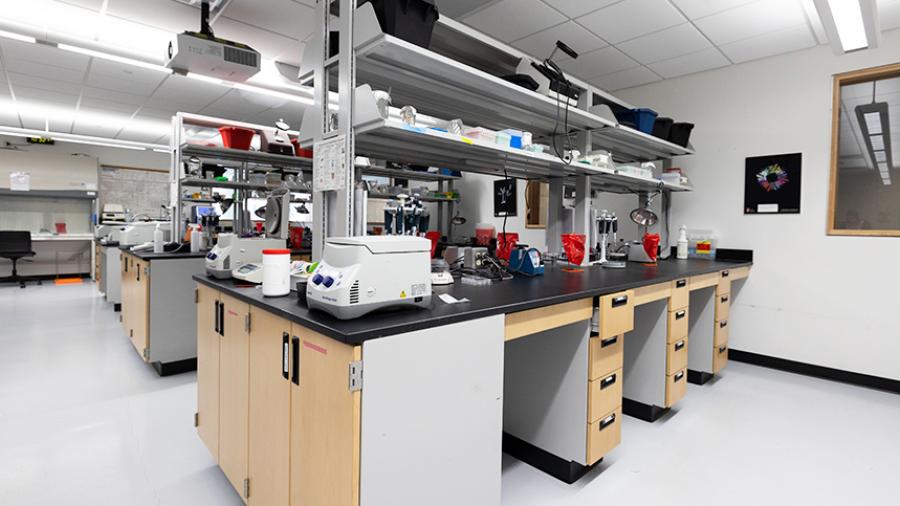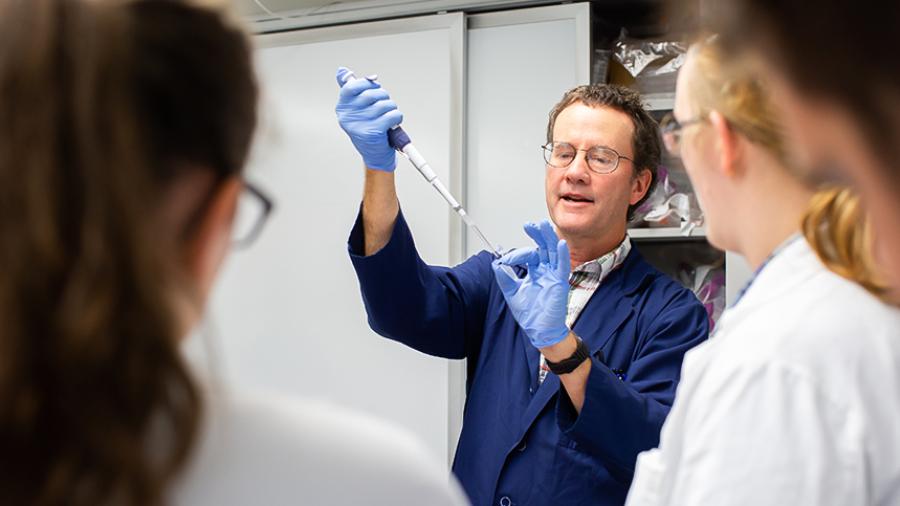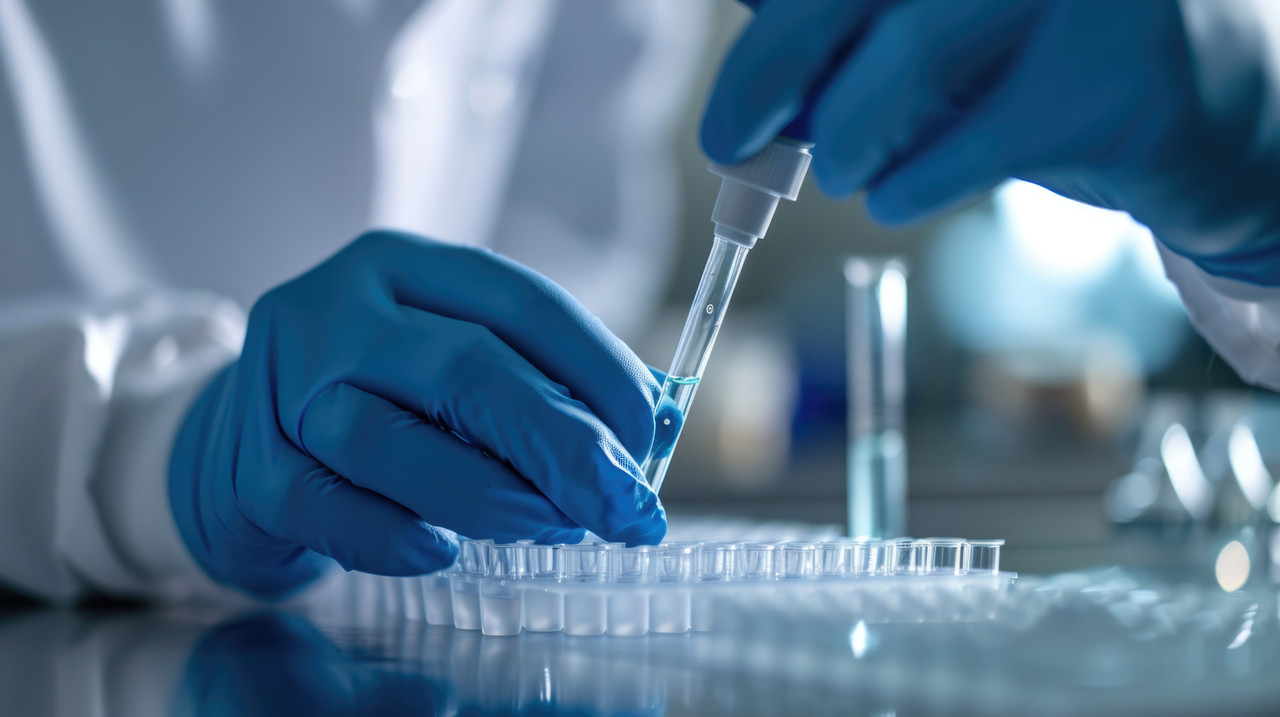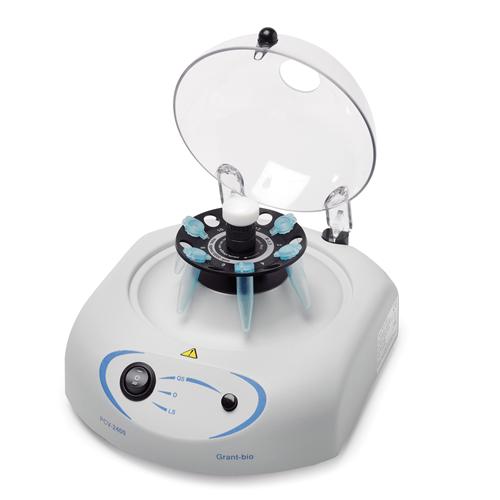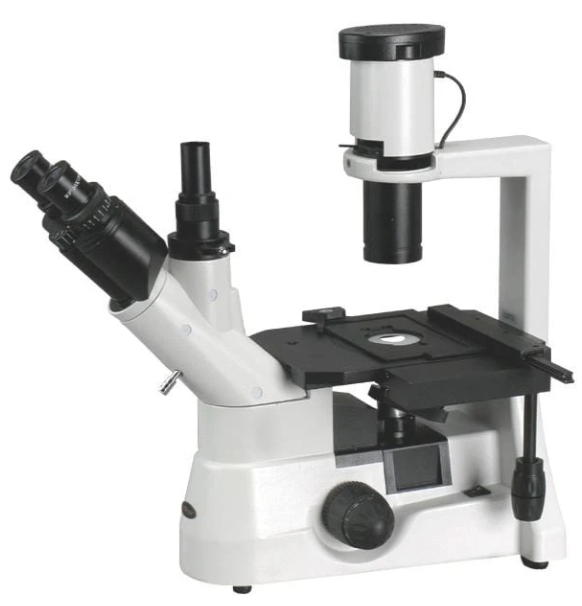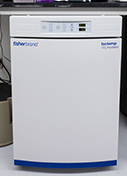Gel Electrophoresis Equipment
Gel electrophoresis equipment is used to separate DNA, RNA, or proteins based on their size and charge by applying an electric field to a gel matrix. This method allows for the analysis and purification of specific nucleic acid fragments or proteins.





